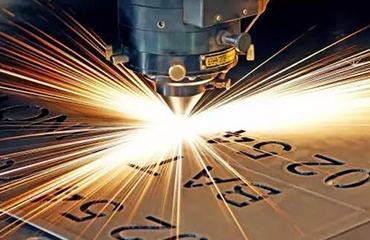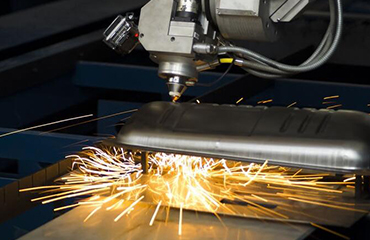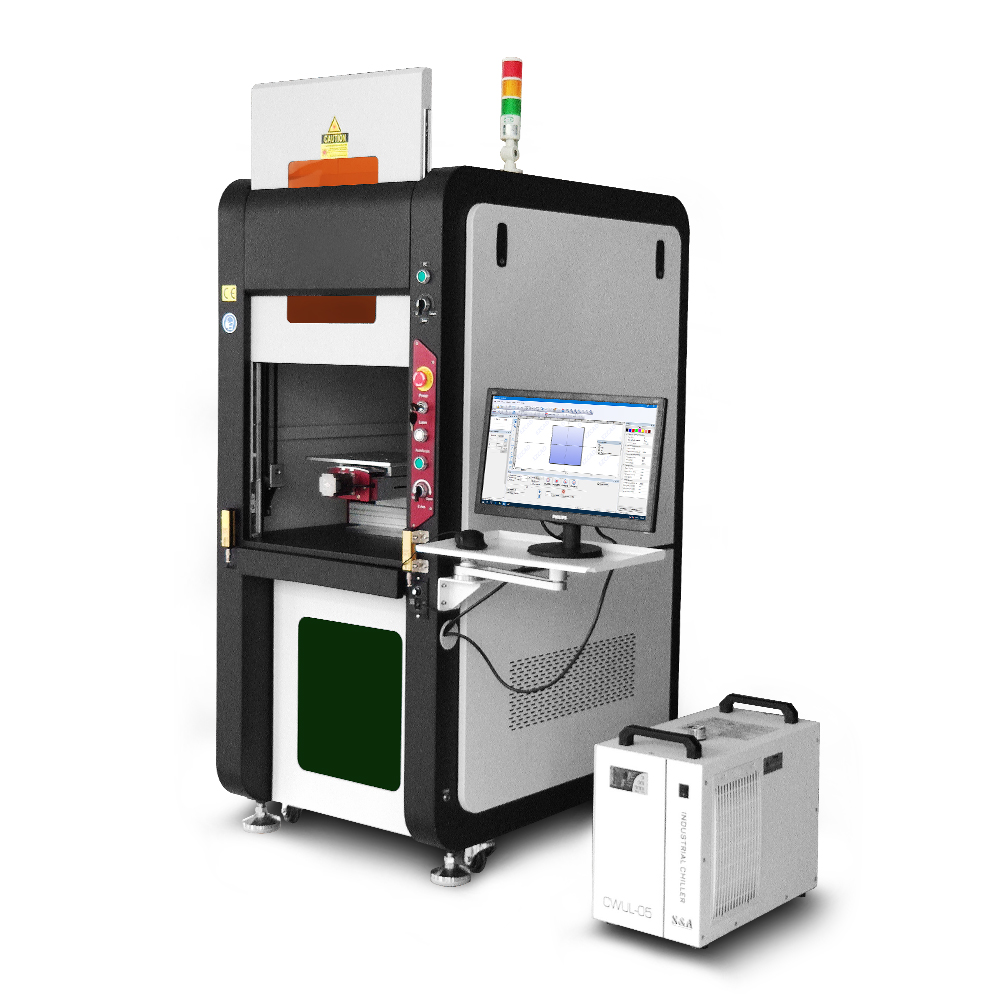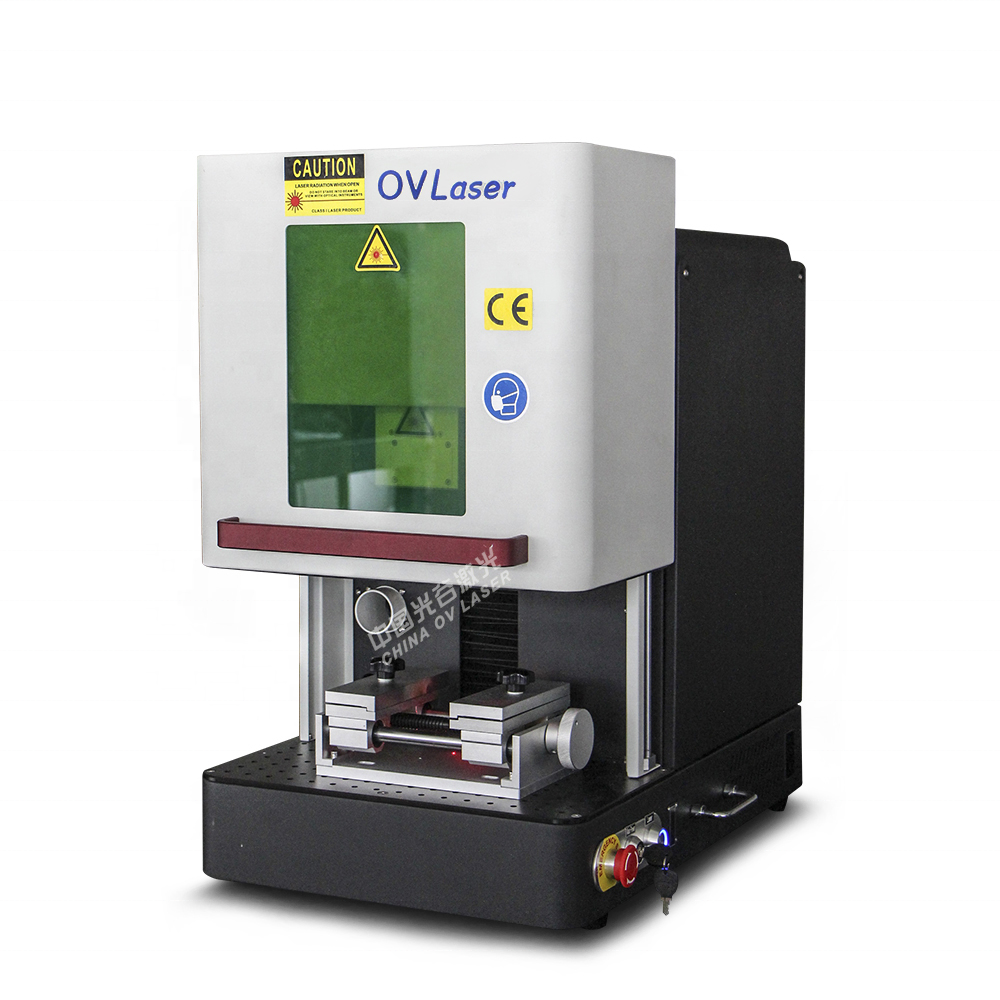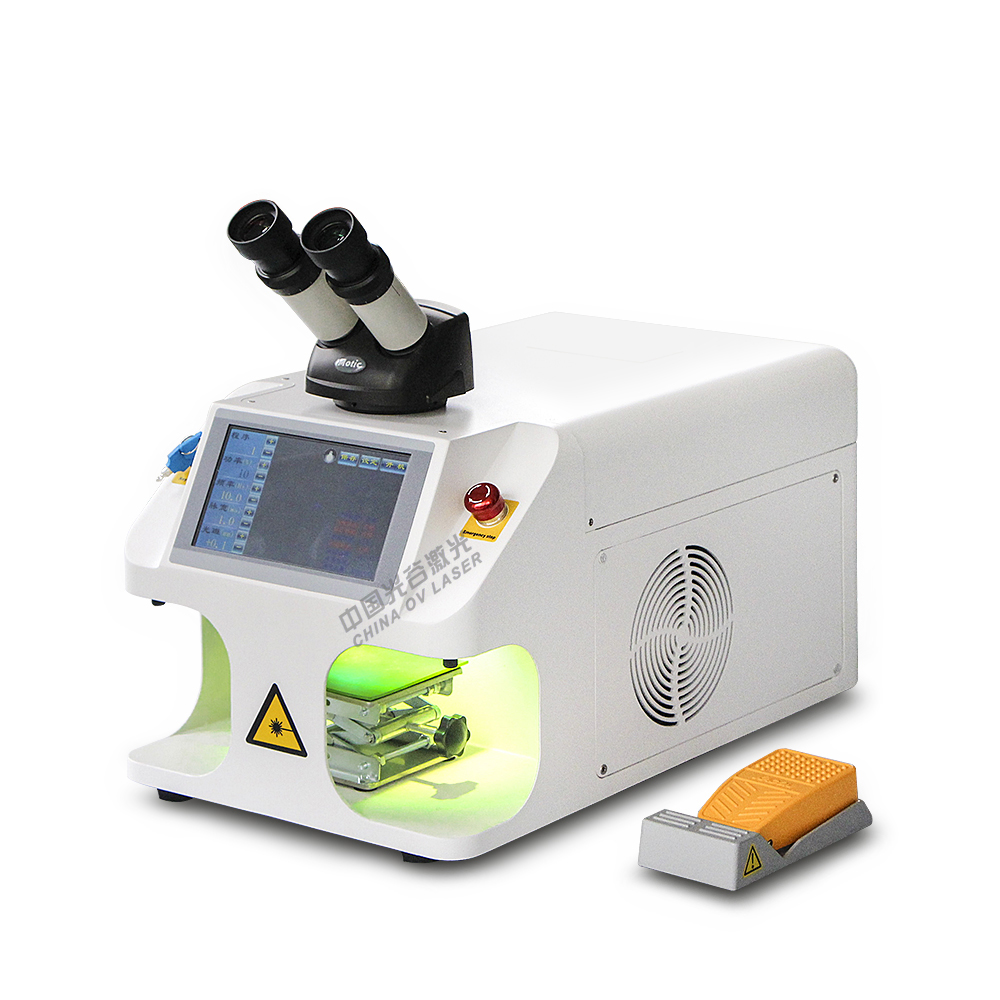What does A stands for in laser industry
Ablator
Plastic outer layer of the fuel capsule.
Ablation
Laser ablation is a process in which the molecular bonds of a material are dissolved by a laser. During an ignition experiment, laser beams strike the inside walls of the hohlraum and generate x rays that ablate the outer plastic shell and cause the capsule to implode like a spherical rocket at velocities greater than 350 kilometers per second.
Ablation
Laser ablation is a process in which the molecular bonds of a material are dissolved by a laser. During an ignition experiment, laser beams strike the inside walls of the hohlraum and generate x rays that ablate the outer plastic shell and cause the capsule to implode like a spherical rocket at velocities greater than 350 kilometers per second.
Alpha Particle
The nucleus of a helium atom, consisting of two protons and two neutrons. A deuterium-tritium fusion reaction, in which the nuclei of these two hydrogen isotopes fuse, produces an alpha particle and a free neutron.
Areal Density
The combined thickness and density of the imploding frozen fusion fuel shell. The areal density of the fuel and the temperature and shape of the implosion at peak compression are two critical experimental factors for achieving ignition. NIF ignition experiments have demonstrated a steady increase in the areal density
Astrophysics
The branch of physics that deals with the universe, including the physical properties (luminosity, density, temperature, and chemical composition) and the interactions of astronomical objects such as stars, galaxies, and the interstellar medium. It also includes studies of the nuclear reactions that power stars. NIF experiments are recreating many astrophysical phenomena in the laboratory for the first time.









